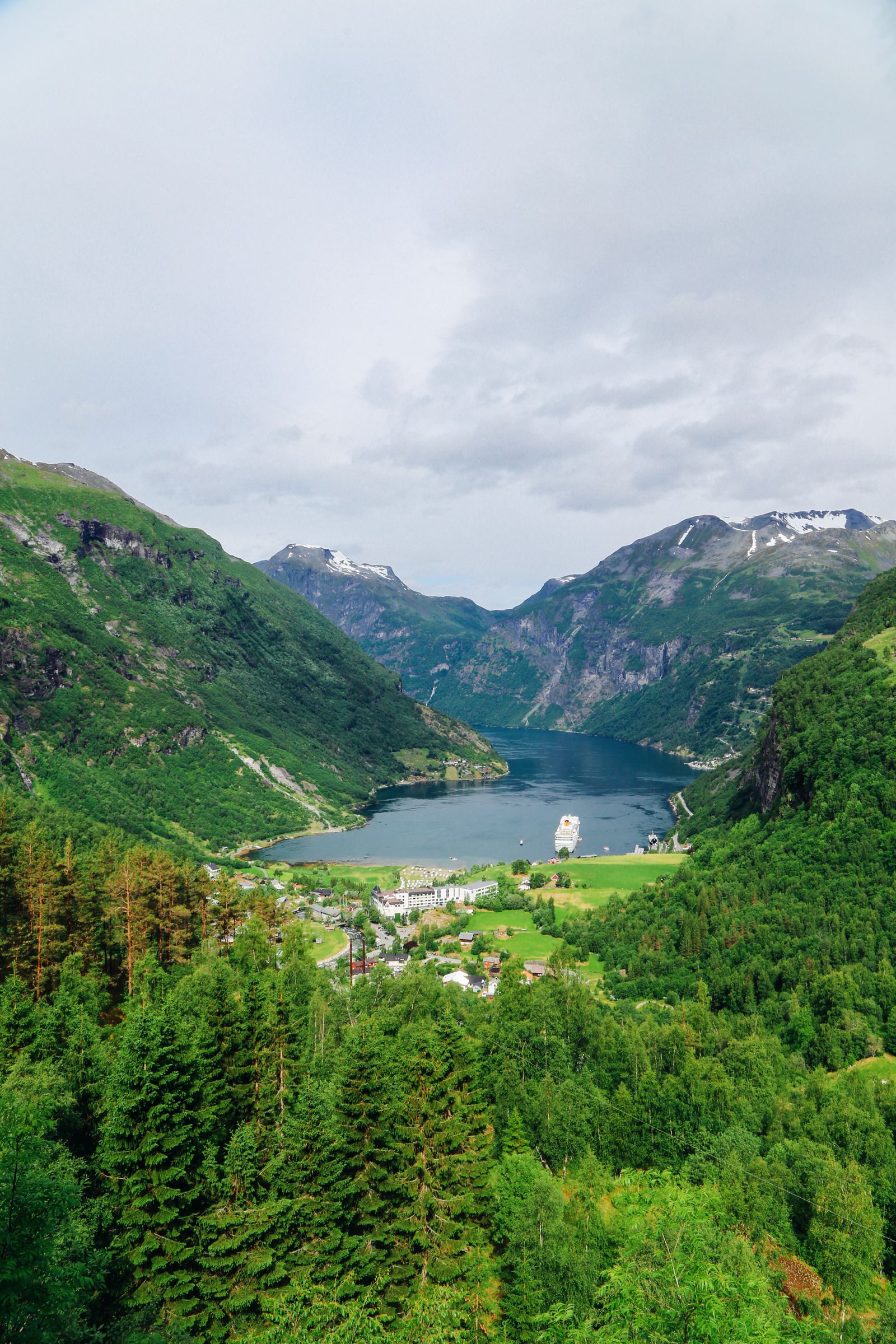One of my favourite things about travelling is getting to see new animals in person! Even without travelling, I’ve always been a fan of animal documentaries – David Attenborough got me hooked from a young age and so you can just imagine my delight and surprise when I get to see these animals I’ve seen on the telly for years! It’s probably safe to say that you’re probably in the same boat and will take the opportunity to not just see the landscapes and meet the people but also find out more about the wildlife in these countries. It’s an intrinsic part of travel – one that should never be overlooked and here are some of the rarest animals in the world that are worth travelling the distance to see in person.
1.) Tonkin Snub-Nosed Monkey: These are perhaps some of the funniest and most dramatic looking monkeys out there. I had to stop for a little giggle when I saw these as they look like someone just bazooka’d makeup on their faces. There are apparently less than 200 Tonkin Snub-Nosed monkeys left.
Where are they?: Northern Vietnam


2.) Hainan Gibbon: Rather dramatic looking, the Hainan Gibbon always looks like it has its ‘serious face’ on. There are fewer than 30 Hainan Gibbons left and it is technically the world’s rarest ape.
Where are they?: Hainan Island, China

3.) Amur Leopard: These are serious lone rangers – they live and hunt alone but there are less than 30 of these leopards in the wild so they’re really quite rare.
Where are they?: Primorye Region, Russia and Jilin Province, China


4.) Red River Giant Softshell Turtle: These turtles are enormous (as you probably guessed from their names) – weighing in at up to 440 pounds! They’re extremely rare – there are only 4 living Red River Giant Softshell Turtles are currently known (one of which is female).
Where are they?: Vietnam and China


5.) Sumatran Rhinoceros: These are the smallest rhinos out there and apparently the only ones in Asia with two horns. Except for when it comes to making babies (and taking care of the babies) these rhinos like their own space.
Where are they?: Sumatra, Borneo and the Malay Peninsula.


6.) Pygmy Three-Toed Sloth: The epitome of ‘laid-backness’ (is that even a word? Doesn’t matter – it is now!) – their lack of speed and generally friendly demeanour is a sharp contrast to their rather strong swimming skills (whodathunkit, eh?).
Where are they?: Isla Escudo de Veraguas, Panama


7.) Western Lowland Gorilla: These are perhaps some of the most intelligent animals out there – as evidence by things like how they shape tools to hunt for food. They also are capable of understanding sign language plus the babies are soooooooooo adorable too!
Where are they?: Pretty much all of Central Africa – Angola, Cameroon, Central African Republic, Republic of the Congo, Democratic Republic of the Congo, Equatorial Guinea and Gabon.


8.) Ploughshare Tortoise: To be fair, all this tortoise had to to was to be a tortoise for me to be fascinated with it (him? her?). The tortoise is also called the Angonoka tortoise (in fact that’s the original name I think!)
Where are they?: Madagascar

9.) Greater Bamboo Lemur: They’re so cheeky looking you just wanna spend an entire afternoon playing with them. They’d probably end up nicking your phone but that’s the risk you’d have to take. (I jest! Do NOT go looking to play with them in the wild! They’re quite gregarious but please do let them be!:-) )
Where are they?: Southeastern Madagascar

10.) Northern Hairy-Nosed Wombat: They’re pretty cute, not the fastest on their tiny feet and have pretty bad eyesight – all facts that just make you want to take care of them. Unfortunately, not everyone has felt this way in the past and as such, there are only about 115 of them left in the wild (all located in one place).
Where are they?: Epping Forest National Park, Queensland, Australia

11.) Northern Bald Ibis: These birds are so dramatically ugly that I imagine the first person who probably saw them in person must have recoiled in shock. That being said, their dramatic look only adds to their appeal after all it makes them stand out and rather ‘far from the maddening crowd’. 😉 Random fact – the Northern Bald Ibis has fossil records dating over 1.8 millions years ago!
Where are they?: Morocco and (perhaps less so in) Syria


12.) Roloway Monkey: These monkeys look like really ‘wise’ monkeys (due to their dramatic white beards) and perhaps rightly so as they have developed quite a diverse range of calls to communicate with each other.
Where are they?: Côte d’Ivoire and the forests of Ghana (though apparently it has now become extinct in Ghana).

13.) Spoon-Billed Sandpiper: With it’s distinct beak, this is one bird you’ll definitely remember seeing if you ever see it in person but alas, the numbers are of estimated mature Spoon-Billed Sandpiper in the wild are less than 200! They’re also really REALLY cute!
Where are they?: Depending on the time of the year, North-Eastern Russia (when it’s warm) and in Southeast Asia (winter-time).

14.) Angel Shark: These sharks are the king of camouflage. They’re bottom dwellers and bury themselves, entirely hidden by sand, and prey on small fish and crustaceans that pass by.
Where are they?: Generally in the Pacific Ocean along the coasts of Alaska, California, Mexico, Costa Rica and Chile.


15.) Common Sawfish: These rather strange looking fish are rather huge (they grow up to 25ft long) but don’t be fooled by the name – they’re far from common and numbers keep dwindling as they keep getting both intentionally hunted and unintentionally caught in fishermen’s nets.
Where are they?: Atlantic, Mediterranean, eastern Pacific and in northern Australia


16.) Red-Crested Tree Rat: Unseen for over 113 years, this rat was actually last spotted by scientists entirely unplanned back in 2011. The actual population is not exactly known but they’re rarely ever sighted and so it’s pretty tricky to put a number on them.
Where are they?: Santa Marta Mountains, Colombia

Check Out The Very Best Of Great Britain!














